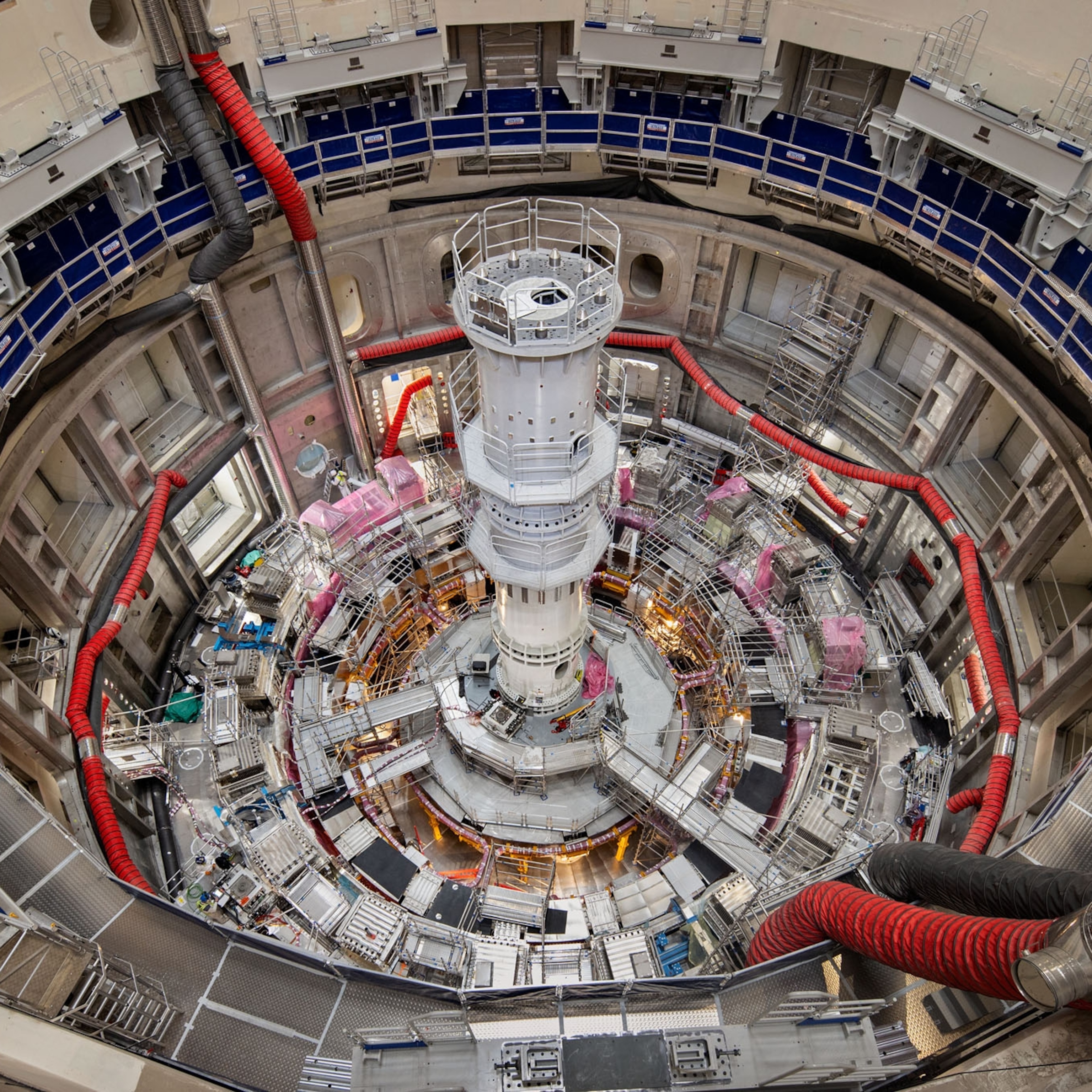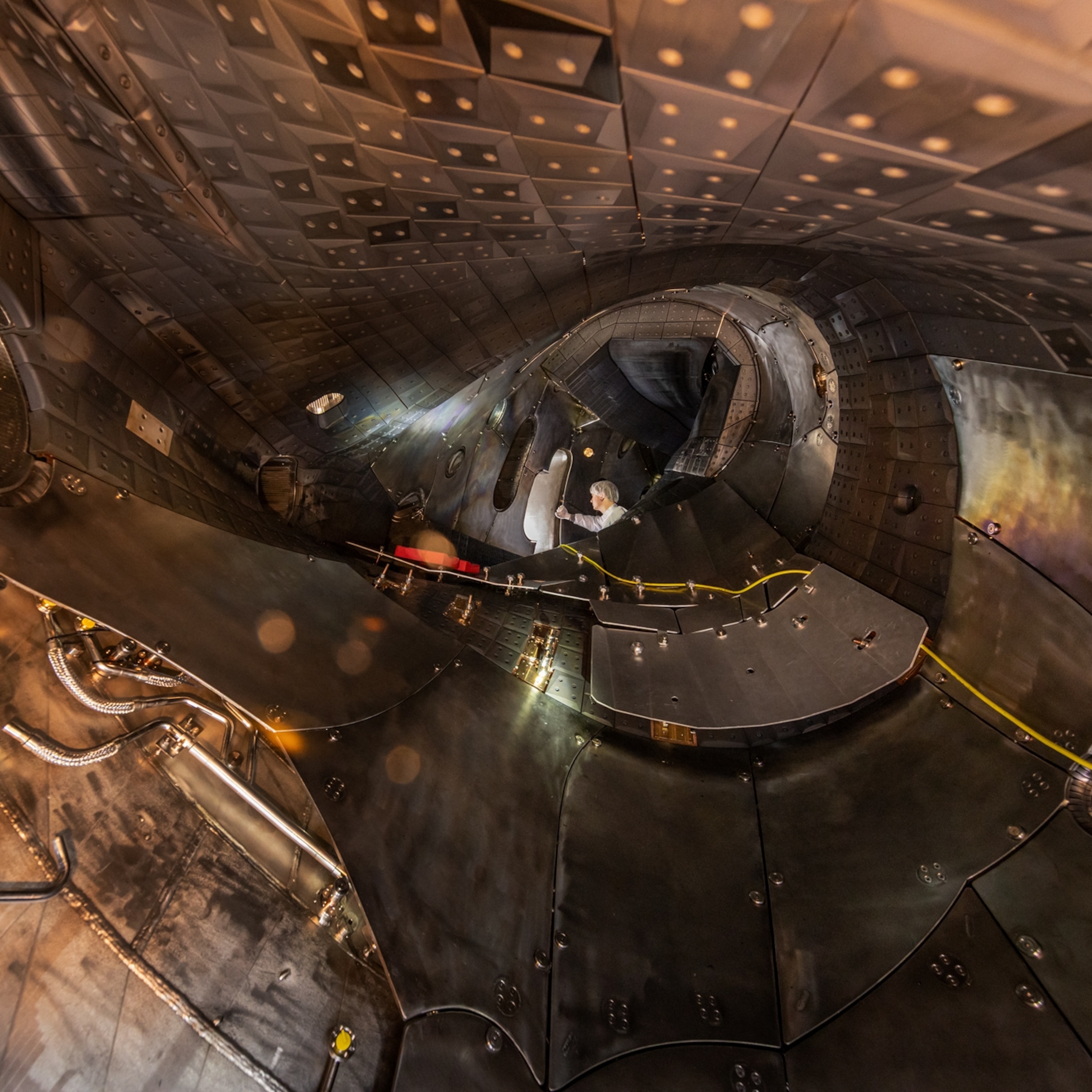When blackouts rolled across California on August 14 and 15, briefly cutting off power to several hundred thousand households and their air conditioners, fridges, and medical devices during a pandemic and a record-breaking heat wave, some critics blamed the state’s heavy reliance on solar and wind energy. As the state pursues its ambitious renewable energy goals, they asked, will electric power become unreliable?
Many experts and leaders, including Steve Berberich, the president of the organization in charge of the state’s power grid, have firmly countered that claim. The troubling situation last week was not because of a fundamental problem with renewable energy. With appropriate planning, California can continue to expand its use of renewables and decrease its carbon emissions, the root cause of the heat wave that triggered the blackouts in the first place.
“This heat wave all across the West is a signal of climate change,” says Leah Stokes, a climate and energy policy expert at the University of California, Santa Barbara. “And this situation tells us we need to take some serious steps to get on track toward a zero-emissions future.”
What happened, anyway?
California currently gets more than 30 percent of its electricity from renewable sources, primarily solar and wind, but not counting large hydroelectric dams. Under its 2018 climate law, the state plans to increase the renewable contribution to 60 percent by 2030. By 2045, 100 percent of its electricity is to be “zero-carbon”—but under the law that last 40 percent may include large hydro and even nuclear, if any is available. California’s last nuclear plant at Diablo Canyon, which generates nine percent of the state’s electricity today, is set to close in 2025.
Climate experts say a full decarbonization of electricity generation systems will be necessary to reduce greenhouse gas emissions enough to keep Earth’s average temperature from rising beyond 2 degrees Celsius, the threshold nearly all the world’s countries agreed to aim for in the 2016 Paris Agreement.
Climate change has already exacerbated the strain on California’s power system. During the mid-August heat wave, which climate change likely intensified, families stuck at home because of COVID-19 turned on air conditioners and fans to try to keep themselves cool, following the advice of the state’s public health officials. The California Independent System Operator (CAISO), the organization that manages the state’s electrical grid, predicted that electricity demand would outstrip the available supply during the afternoon and evening, the hottest parts of the day.
Solar and wind power provide roughly 20 percent of the state’s electricity needs, but only when the sun is shining or the wind blowing. The biggest demand for electricity generally comes in the late afternoon—right when the daily contribution from solar is dropping. That mismatch in supply and demand is a big but predictable challenge for power managers: They know that every day, they’ll have to fill that gap with another power source.
“It is fairly well known that the sun sets in the evening,” says Amol Phadke, an energy expert at the University of California, Berkeley. “We can predict the exact time it will set many years in advance.”
Sometimes the wind can step in for the sun, but it’s obviously fickle too. Nuclear and hydroelectric plants provide power more consistently, and their presence helps to smooth out the peaks and valleys of solar and wind production. But in California these days, it’s natural gas that picks up most of the slack, largely because the state’s nearly 200 plants can respond quickly to upticks in demand.
During the recent blackouts, some of these usually reliable sources were unexpectedly unavailable, for reasons that are still not fully clear.
Several gas plants that were supposed to provide power failed to operate or tripped off, the CAISO said in a press conference last Wednesday. The state was unable to import power from other states in the region, a strategy it often uses in times of stress, because it was hot everywhere in the West, and other states were facing their own energy shortfalls. Also, because of an ongoing drought, there was less water in the reservoirs that supply many of the hydroelectric plants, meaning they could produce much less power than the CAISO expected.
The heat wave also ushered in relatively still air, so wind resources were lower than managers would have liked.
But the blackouts weren’t caused by a shortfall of wind or solar. The CAISO says there was a lack of generation capacity overall, which forced it to plan limited blackouts in order to avert a broader, unplanned collapse of the grid.
Critics of the grid operator question that analysis. The capacity shortfall wasn’t enough to push the system below the threshold that triggers planned blackouts, in which power demand is larger than the immediately available supply, says David Marcus, an independent energy analyst and former advisor of the California Energy Commission.
By his calculations, there was plenty of available power to meet the predicted demand and keep the CAISO from initiating blackouts, even if no wind turbines were generating power. The CAISO also confirmed that demand was no greater than on previous very hot days. It has not yet provided a full explanation of the incident.
Until it does we aren’t likely to know why exactly the blackouts happened—but the problems weren’t with the renewables and likely could have been avoided with more careful preparation for moments where the system is right up against the threshold of its capacity, Marcus says.
“Think of it like walking. When I walk on the sidewalk, I don’t pay much attention to my balance, but if I’m walking at the edge of a 1,000-foot-tall cliff, I pay very close attention,” he says.
Avoiding future blackouts
Many of the tools grid operators and utility companies use to avoid blackouts are ones they’ll need to smooth a transition to a power system more heavily reliant on renewables. “In a way, this event gives us insight into what we’ll need to do in the future,” says Nestor Sepulveda, an energy expert at MIT. “There are clear lessons to be learned.”
First, people’s behaviors matter a lot. Last week and weekend, CAISO sent out alerts asking people to use only the electricity they needed during the peak demand moments, and people generally complied. Those short, directed behavior changes had huge impacts, says Marcus, lowering the peak demand by about 10 percent below predicted levels—a crucial shift for system that is right near its limits.
“When you ask folks to do this one thing, for just a short period, they’ll generally do it pretty happily, and it can have a really big effect,” says Emily Grubert, an energy and water expert at Georgia Tech.
Then, we need to capture solar and wind energy and store it for later use. California is already in the process of building massive lithium ion battery fields, but getting more small-scale solar installations on people’s homes, and adding battery storage to those individual systems, will also help, says Phadke. Every household that’s making and storing its own electricity is one that doesn’t need power from the grid in high-stress moments.
But the best large-scale battery systems can store only a few hours worth of power at a time. Researchers are still working out plans for how to store energy from sun and wind on longer timescales.
Phadke hopes the country will develop a “strategic power reserve,” similar to the existing Strategic Petroleum Reserve, that could store renewables-produced hydrogen fuel in salt caves or other geologic formations. Another strategy, already in limited use, is “pumped storage,” in which renewable electricity provides the energy to pump water uphill to a reservoir or to compress air into a cavern, and the stored fluid is released to power a turbine when electricity is needed.
One of the most important and underdiscussed needs, says Sepulveda, is grid expansion. To get power from the place it’s captured—at a windy spot or a sunny one—to the places it’s needed, either for direct use or for storage, will take a much more flexible and robust grid than the one we have now.
There’s no question that transitioning to a fully renewable electric grid will add to the challenge of keeping electricity flowing reliably. Technologies like natural gas or nuclear that can be counted on to fill the gaps will need to remain part of the mix for decades.
But what’s really making the challenge harder is climate change itself. A recently released report suggests that across the country, air-conditioning use could increase nearly 60 percent by 2050, increasing the kind of stress on the grid that California endured last week.
“We’ve only warmed the planet by an average of 1 degree Celsius so far, and look at what’s happening already,” says Stokes, “Imagine what an average global temperature increase of 2 degrees Celsius will do, and then imagine we triple what we’ve already seen. If you think climate isn’t going to be expensive, think again.”









